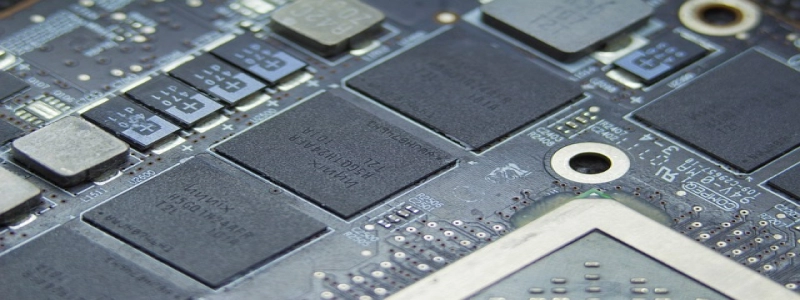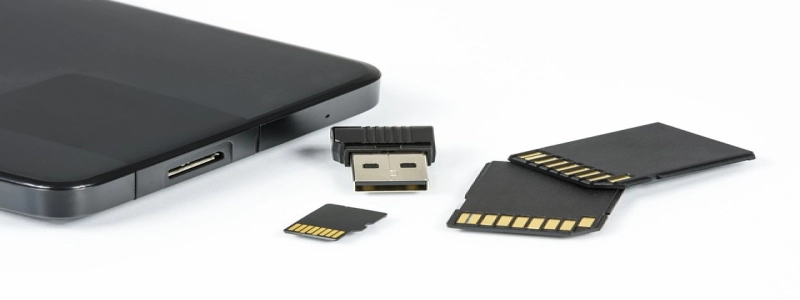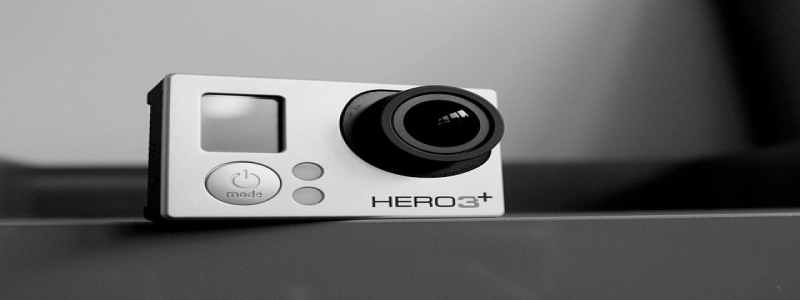Wavelength Detector
Introduction
A wavelength detector is an advanced device used to measure and detect different wavelengths of electromagnetic radiation. It plays a crucial role in various scientific fields, such as physics, chemistry, and biology. This article will discuss the multiple levels of a wavelength detector and provide a detailed explanation of its functionality and applications.
Level 1: Basic Components
The basic components of a wavelength detector include a light source, a collimator lens, a diffraction grating, a focusing lens, and a sensor. The light source emits a broad spectrum of wavelengths, which is then collimated by the collimator lens. The collimated light passes through the diffraction grating, which separates the different wavelengths based on their diffraction angles. The focusing lens directs the diffracted light onto the sensor, which measures the intensity of each wavelength.
Level 2: Functionality
The functionality of a wavelength detector relies on the principles of diffraction and interference. When light passes through the diffraction grating, the waves interfere with each other, creating a pattern of constructive and destructive interference. The angles at which the constructive interference occurs are specific to each wavelength. By measuring the angles of maximum intensity, the wavelength detector can accurately determine the wavelength of the incident light.
Level 3: Applications
Wavelength detectors have a wide range of applications across various scientific disciplines. In the field of physics, they are used in spectroscopy to analyze the composition and properties of materials. By measuring the absorption and emission spectra of different substances, scientists can identify and characterize the substances present. Wavelength detectors are also utilized in astronomy to study celestial objects. By analyzing the spectrum of starlight, scientists can gain insights into the composition and evolution of stars.
In chemistry, wavelength detectors are crucial in determining the wavelengths of light absorbed or emitted by chemical compounds. This information helps chemists understand the behavior and reactivity of these compounds. Additionally, wavelength detectors find applications in biology and medicine. They are used in fluorescence microscopy, where fluorescent dyes emit specific wavelengths of light upon excitation. By detecting these wavelengths, researchers can visualize and study cellular processes with high precision.
Conclusion
In conclusion, a wavelength detector is a sophisticated device that plays a vital role in the measurement and detection of different wavelengths of electromagnetic radiation. By utilizing the principles of diffraction and interference, it accurately determines the wavelength of incident light. With its wide range of applications in physics, chemistry, biology, and astronomy, it has revolutionized scientific research and contributed to significant advancements in various fields.







